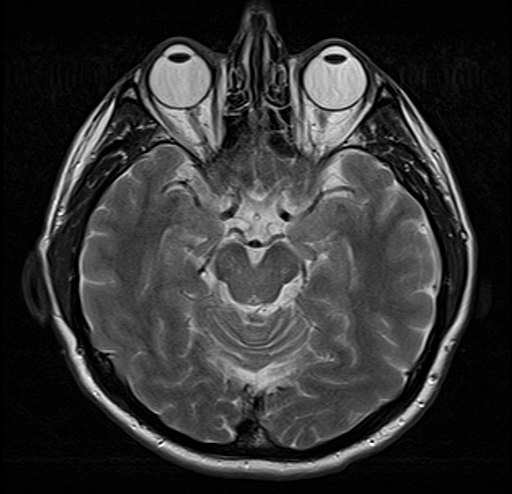
Whenever someone ‘swears by’ an obscure vegetable or exercise practice for longevity or [shudder] ‘wellness’, I assume it occupies a ritualistic place in their lives. Magical thinking is a powerful phenomenon, and just as placebo effects are stronger when the ‘treatment’ involves something invasive like a sham surgery (as opposed to a sugar pill), health trends that involve bizarre behavior (rather than, say, walking more), attract fanaticism. That skepticism has largely immunized me against kooky health trends.
That is, until I started flashing obnoxious lights into my own eyes.
Alzheimer’s runs through my family, and while there are various risk factors you can work on, our most recent dementia sufferer has none of them (save for the genetic component). The idea that those pathologies would already be amassing in my brain by now unsettles me. Though drug treatments are finally gaining a tiny bit of traction after decades of failure, prevention is far more appealing.
That’s where the work of MIT’s Li-Heui Tsai found me. Her research is based on the observation that gamma brain waves in Alzheimer’s patients (particularly those around a 40Hz frequency) are much less powerful than in healthy people. The neurons don’t fire as much in synchrony. So it would stand to reason that whatever gamma waves are for would be impaired.
Of course, in these degenerative diseases basically everything falls apart eventually, but the gamma waves are compromised very early.
When I heard how one goes about artificially strengthening these brain waves I was highly skeptical. I could just picture someone going, “What if we just play noises in their ears at that frequency and strobe lights in their eyes at that frequency and then their whole brain might just start dancing along in rhythm.” It sounded about as effective as smearing Prozac cream onto your arms as a topical ointment instead of ingesting it. The simplicity of delivering it, compared with the cost of developing new molecules, also struck me as suspiciously convenient.
But that’s actually how it works. Brainwaves are, indeed, ‘entrained’, by external stimuli. The effect is not just in the visual or auditory centers of the brain, either. It extends to the prefrontal cortex and hippocampus, where you would want it.
What she and other researchers are seeing within months of a daily hour of this therapy—first convincingly in mice models of Alzheimer’s, and now in tentatively in clinical trials—is major reductions in protein buildups, including the famous plaques and tangles that have a confusingly complex relationship with Alzheimer’s symptoms. The therapy looks like it preserves synapses and reduces brain atrophy (preserves volume). Consistent with this is better learning and memory performance, which they also see.
The mechanisms seem to be centered on microglia, which help clean up pathologies, and dilated blood vessels, which could help flush them out. It seems likely the impaired gamma waves early on could be what leads to the buildup of these proteins to begin with.
Clinical trials take years, and my time and money are my own, so I’ve decided to treat myself to a synchronized 40Hz light rig that I can put on either side of my computer when I watch movies of an evening. It leads to a bit of eye strain, which is why I leave it till last, and I couldn’t say for sure if it does a single thing. I also don’t do it religiously every day, just when I feel like it.
Oh, and as for trendy wellness fads, this year has seen me take up pilates, spin class and, most recently, planking. In for a Penny….
Image: Wikimedia Commons
I’m excited by this possible treatment! I wonder if something similar could be used for people suffering from other brain conditions like depression or trauma?
I completely hear you about “kooky health trends”. I roll my eyes so much that I’m sure the little muscles in there are bigger than usual.
But.
When I was well into my 2nd year of being so brain fogged and in pain with Long Covid that I couldn’t work, I decided that I would try anything. I didn’t care how crazy it was. If it had helped someone somewhere at least once, it went on my list. I tried them in order from cheapest to most expensive. After a number of failed things, and a few things that seemed to even out the really low points, I did something so stupid that I had been scoffing at it openly in my LC support group for months. It shouldn’t have helped at all. Lo and behold, on day 10 I woke up feeling better. Suddenly. My brain function returned. My pain vanished. I have been better since (18 months now).
Maybe that was coincidence? N=1, after all. But I find myself rolling my eyes a lot less these days.
I would ask you to share that thing. Many suffer, few would scoff. As for frequency, I sigh at the scientists that do not understand that everything is frequency. Everything. A little focus on this fact would reap unimaginable benefits to all of humanity, not the god damned drug companies.